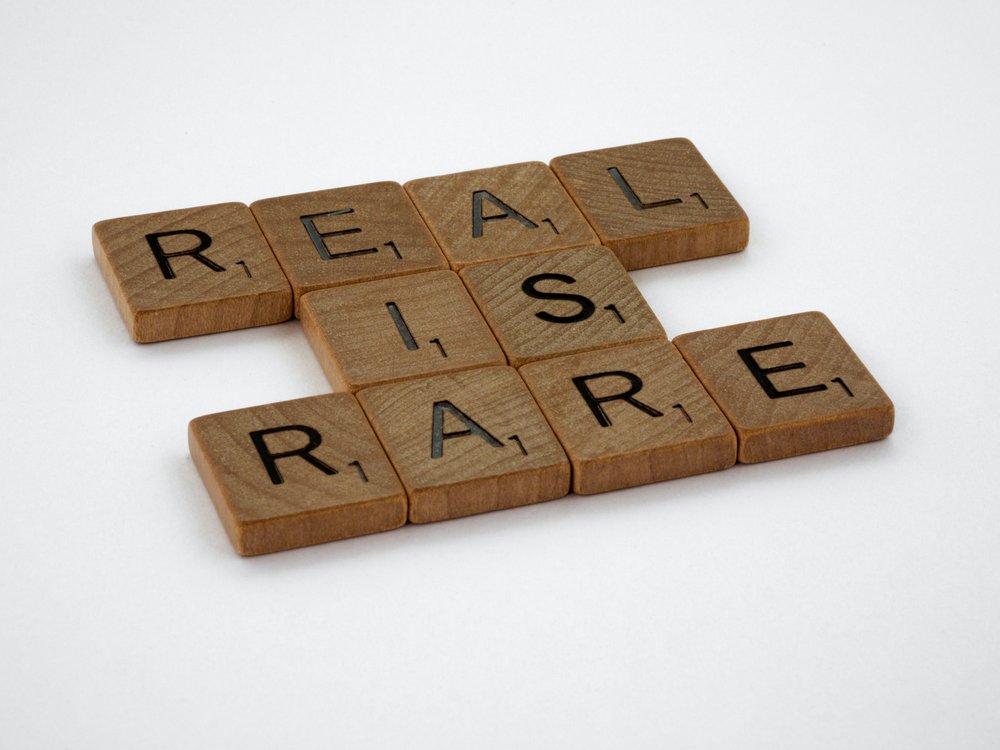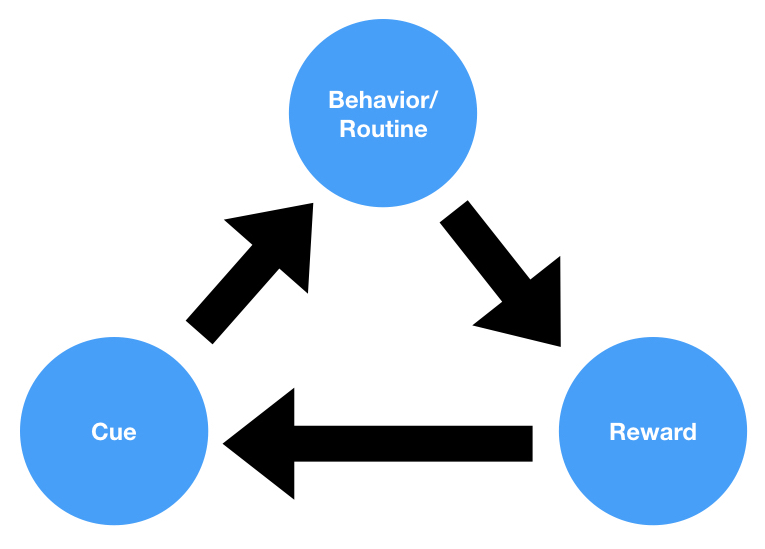What is Placement Bias?
Placement bias is a cognitive bias that influences decision-making based on the placement of options within a set. Often seen in consumer behavior and choice architecture, this bias suggests that the spatial positioning of choices can significantly influence consumers’ selection. The design, layout, and positioning of products in a store or items on a menu, for instance, can subtly guide individuals towards certain decisions, making placement bias a powerful tool for influencing consumer behavior.
Key Aspects of Placement Bias
-
Center-Stage Effect
This is a phenomenon wherein options placed in the middle of a set are chosen more often than those located towards the edges. The center-stage effect is often seen in retail and marketing, where high-profit items are placed centrally to increase visibility and sales.
-
Priming
Priming is a psychological mechanism through which exposure to one stimulus influences the response to a subsequent stimulus. Placement of certain products can prime consumers to make particular choices. For instance, placing healthier options at eye level can prime individuals to make healthier food choices.
-
Visual Attention
The location of an option also influences how much visual attention it receives. Options located at eye level or on the top-left corner of a page often receive more attention. This enhanced visual attention increases the likelihood of those options being chosen.
Implications of Placement Bias
Placement bias has significant implications for a variety of fields, including marketing, retail, health, and public policy. Marketers and retailers can use this bias to influence consumer behavior and increase the likelihood of certain products being chosen. Policymakers and public health officials can leverage placement bias to promote healthier choices or environmentally friendly behaviors.
Criticisms and Controversies Surrounding Placement Bias
While placement bias offers practical tools for influencing decision-making, it also raises ethical questions. There are concerns about manipulation and the potential to exploit consumer vulnerability. For instance, if unhealthy products are placed strategically to induce more purchases, this could contribute to negative health outcomes.
In response to these concerns, there is a growing emphasis on using placement bias ethically and responsibly. For instance, some supermarkets now aim to promote healthier eating by placing fresh produce at the entrance and unhealthy snacks away from the checkout area.
Placement bias is also context-dependent, and its effect can vary depending on several factors, such as individual differences, the complexity of the choice set, and cultural norms. More research is needed to understand these nuances and to develop strategies that effectively and ethically utilize placement bias.




